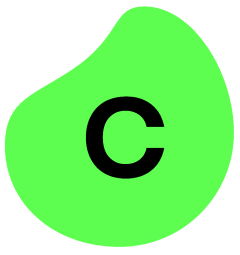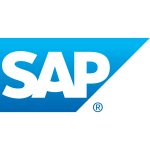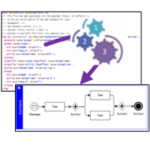What is our primary use case?
We have done ITSM. And for Citibank, we have done some process mining. I have done it for Citibank. And for accounts payable, we have done it for one of our clients. For resolution time and DSOs, on-time deliveries, all this is what we have done.
What is most valuable?
I find Action Engine for notifying the user, and also Studio Spark, and knowledge models; all these features are useful.
Action flows are still very useful, like for notifying the user, notifications, alerting them, updating the tables, and notifying the approvals side for ITSM so that the on-time delivery would be increased or the resolution time would decrease.
What needs improvement?
I want to see improvements in terms of machine learning. In the future, there are a lot of things to do with machine learning, so I want to do that with Celonis.
Another area of improvement is implementation. So, in future releases, I would like to see a more streamlined implementation process would be appreciated, making it less time-consuming and more efficient.
Also, there is room for improvement in technical support.
For how long have I used the solution?
I've been using Celonis for three and a half years now. So, we use EMS.
What do I think about the stability of the solution?
What do I think about the scalability of the solution?
It is a scalable solution. There are ten people in our team using this solution. We are looking to expand the usage of the solution.
How are customer service and support?
Customer service and support depend on the partnership we have with them, but they respond to us quickly within a day or two. We have good support, which is compared to other tools like UiPath, and Celonis has good support. We receive good support.
How would you rate customer service and support?
Which solution did I use previously and why did I switch?
I was trying out Tableau before. I worked with it for three to four months. But Celonis is the first tool I worked with separately.
I also tested UiPath. But Celonis is better from a development perspective. Celonis is very compatible with the developer side because of the transformations that UiPath is doing; we have to download and do the necessary transformations in Visual Studio, and then we should upload it and test it in a test environment. I have seen that it's not that compatible compared to Celonis.
In Celonis, we have a custom building of KPIs and all, but in UiPath, we have only some metrics and aggregated functions we can use. We cannot customize the metrics like we can in Celonis.
Also, in Celonis, it's obvious how we can design our dashboard however we like, but in UiPath, we cannot do that. We can only adjust the VPN lens, which is not as good as what I feel. When it comes to extraction, it supports only a few things. They have only a few templates I have, where the service provides a hundred plus ads, which you cannot directly inject your data.
But in Celonis, you have the option to do that. When it comes to data science, you need a separate license for UiPath, which is another added cost. So, UiPath is, of course, is different from Celonis in various aspects.
How was the initial setup?
For Celonis, the initial setup depends on what type of connection it is. Suppose it's RTSM or something like that, we can have direct connectivity, or we can go with the extractor-based.
But when it comes to SAP or DNS integration and all, the installation of RSC modules, all these come in. So, it is a bit time-consuming if it's not a direct connection.
For me, it took three weeks for the connectivity with on-premise SAP. And for ITSM, it took eight days or something. And it also depends on the client's networking and the support we get from them, it all depends on that.
What about the implementation team?
For the implementation strategy, I usually get the tables I go to the table side, look at the unique keys and the relations between the tables, and then I construct the case table.
And then I go with the activities, what would the activities be, reporting, how can we do any transformation? Sometimes, when I was working with the Oracle database, there was a non-unique field term which is not a visible one. Then we converted it to the human-readable monthly date format on the transformation side.
And there's a US daylight saving logic that we worked on to make it more compatible and meaningful. When it comes to the dashboard side and scheduling, it helped with daylight saving.
And then all these installation transformation sites. I go with the data model building, trigger tables, and any simple interaction engine, we work on the table side, activity table, and case table mapping, which is managed to the end.
After all this, I load the data model, then I build the dashboard with the basic process explorer, then I go to the transformations, and they have a meeting with the client. This is how it's going on. Then, we build the KPIs depending on the use case they're looking for.
And also all these things, automation, action flows, action agent performance, root cause analysis, and the violations affecting the process. And then testing, we do a comparison with the source table and what we are getting before it's going to the client.
I needed three or four people for one process.
What's my experience with pricing, setup cost, and licensing?
The price is reasonable. It cost around $10,000. But when you're making an investment and considering the data aspect and facing transformations, you gain valuable insights visually. In comparison, I find Celonis to be less expensive than UiPath.
Which other solutions did I evaluate?
I just want to learn more tools for process mining so that I can have an idea of which tool works and I can understand the limitations of this tool. If you learn too many tools. So, I just want to get a grip on process mining tools.
What other advice do I have?
Celonis is a good tool. From my experience, it offers substantial value.
I would rate the solution a nine out of ten.
Which deployment model are you using for this solution?
Public Cloud
Disclosure: My company has a business relationship with this vendor other than being a customer. Partner























